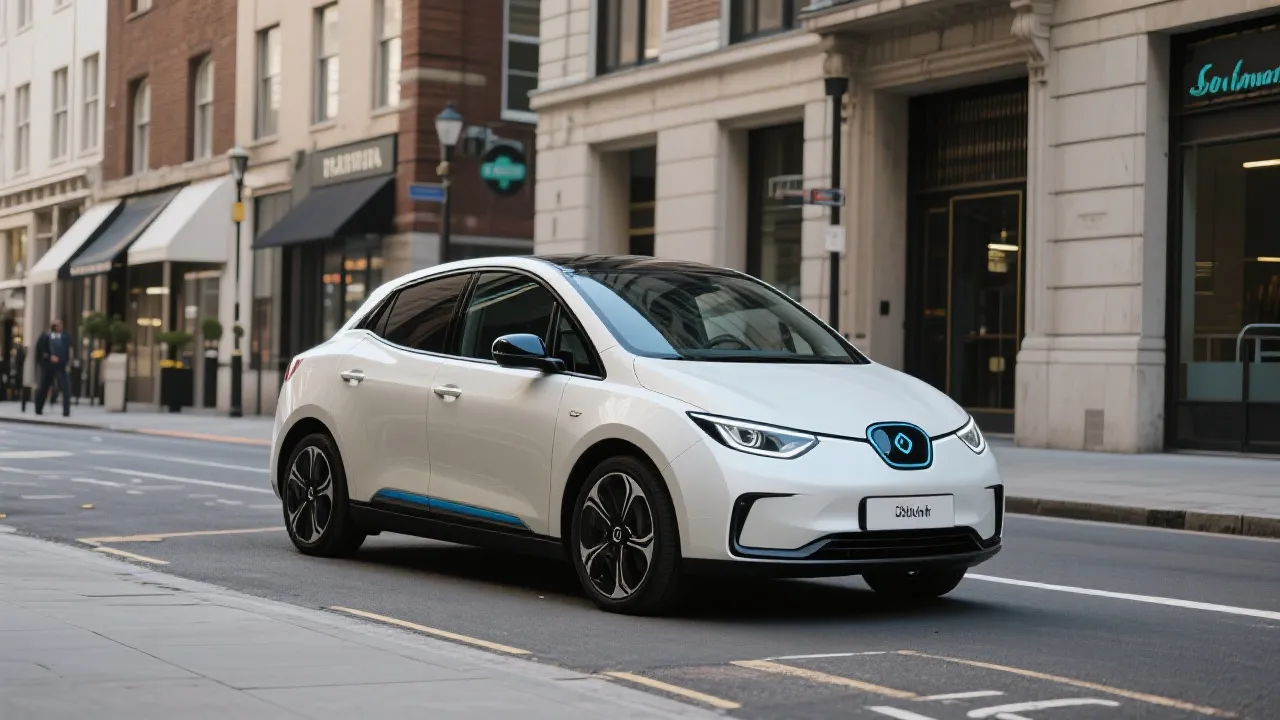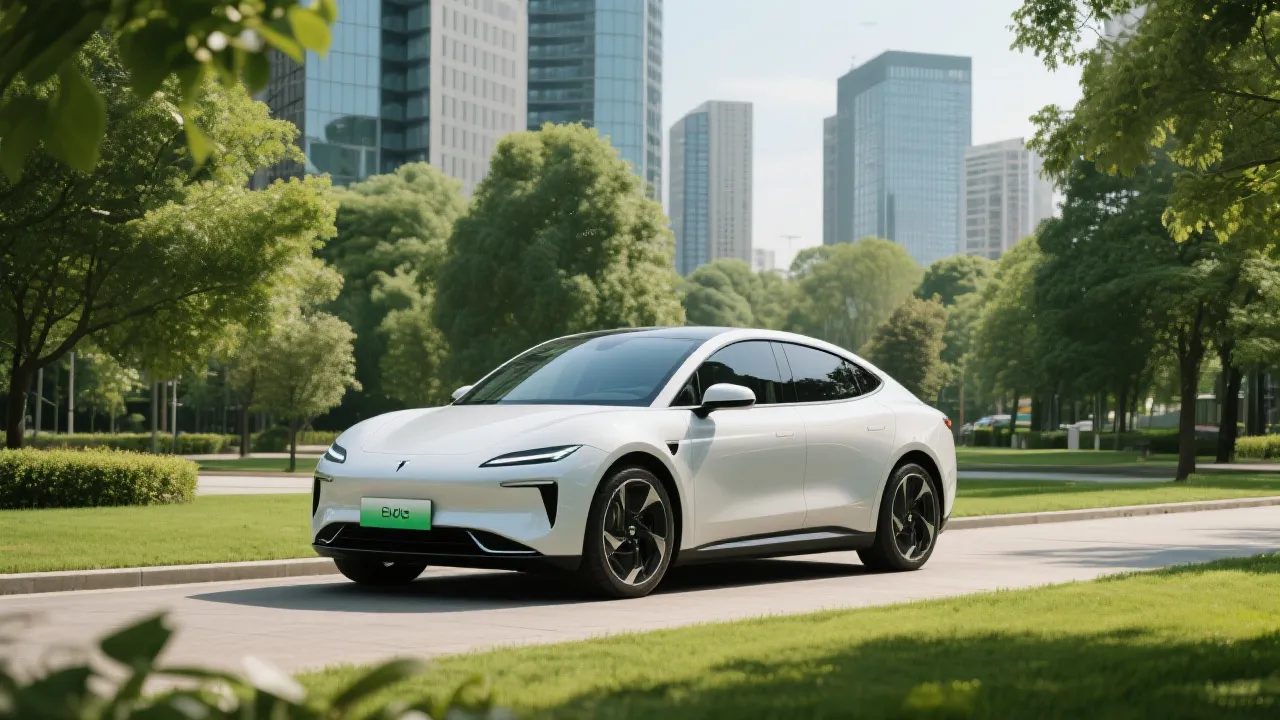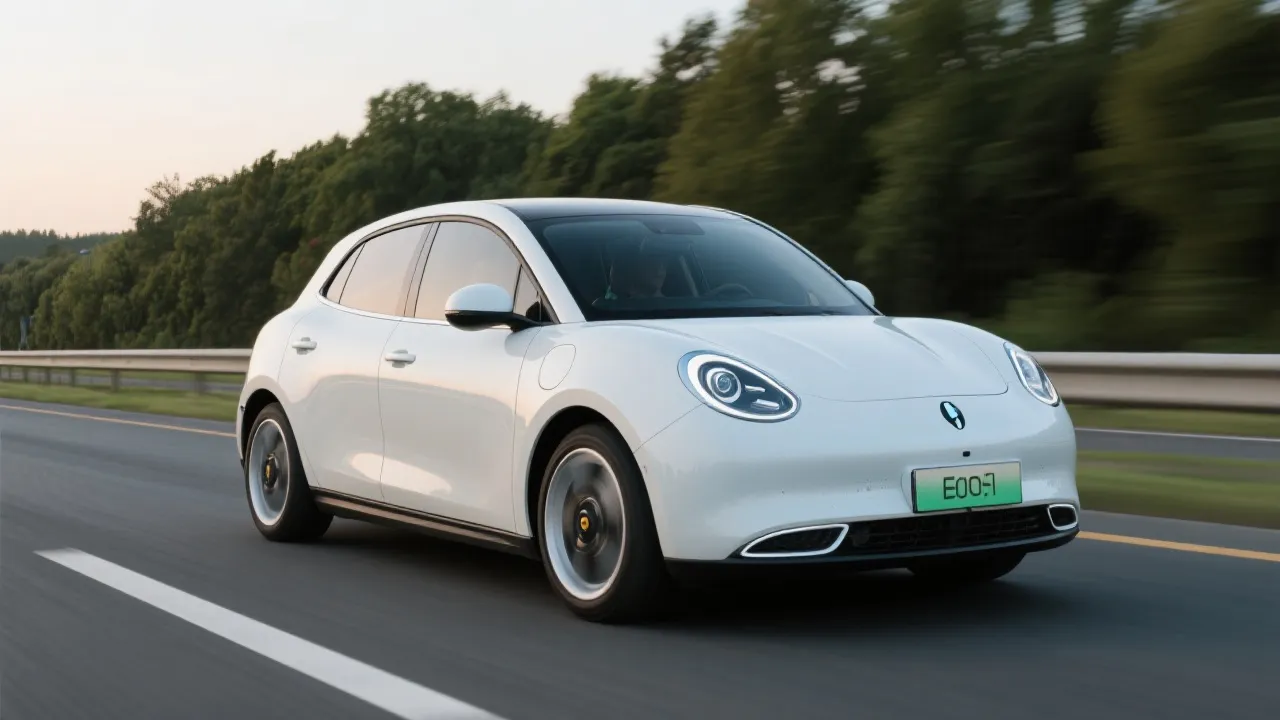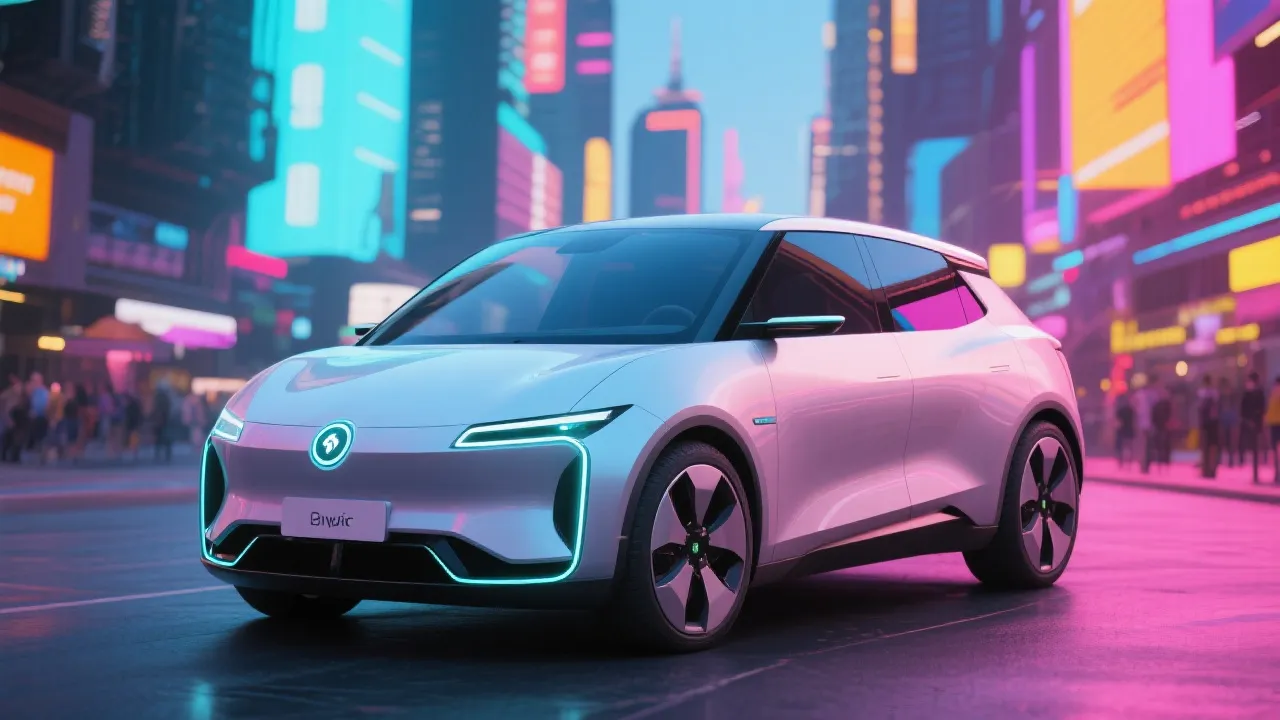Analyzing Chinese Car Prices
This guide delves into the pricing dynamics of Chinese cars, uncovering the factors influencing cost and the comparative advantages these vehicles present in the global market. As the Chinese automotive industry has burgeoned, it has positioned itself as a formidable competitor, offering an array of affordable and technologically advanced options. By understanding these elements, consumers can make informed decisions about purchasing a Chinese automobile.
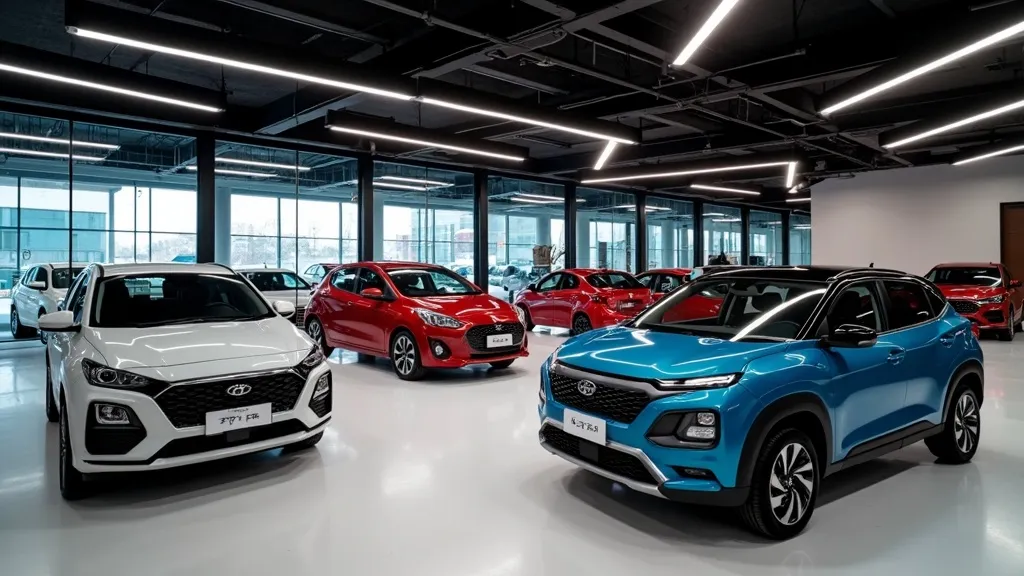
Introduction to Chinese Car Pricing Dynamics
With the rapid expansion of China's automotive industry, potential buyers are increasingly interested in the "Voiture Chinoise Prix" or the price of Chinese cars. As Chinese automakers enter the global market, they offer competitive pricing strategies that challenge traditional automotive giants. In this article, we will dissect the factors impacting these prices and how consumers can leverage this knowledge to find suitable options. We will also explore the broader implications of this pricing dynamic on global markets and consumer behavior, further enhancing our understanding of the automotive landscape.
Understanding the Competitive Edge
Chinese cars are renowned for their affordability and feature-rich designs. Several factors contribute to their attractive pricing. Firstly, economies of scale and extensive domestic manufacturing capabilities reduce production costs significantly. The scale at which Chinese manufacturers operate allows them to spread costs over a larger number of units, thus lowering the overall cost per vehicle. This advantage is enhanced by the extensive use of local components, which minimizes logistics and import costs associated with foreign parts.
Secondly, government incentives and subsidies, which are often offered to boost the sale of electric vehicles (EVs), further decrease the overall costs. These incentives can take the form of tax breaks for manufacturers, subsidies for consumers purchasing new EVs, and substantial investment in charging infrastructure. Such support not only encourages more consumers to consider electric options due to lower upfront costs but also promotes sustainability within the industry.
Additionally, Chinese automakers adopt aggressive pricing strategies to penetrate international markets. This approach often involves entering new markets with lower initial pricing to gain market share, a tactic that can drive competitors to either lower their prices or enhance their offerings significantly. As a result, cost-conscious buyers are drawn to these vehicles, ultimately leading to a wider acceptance of Chinese brands across different regions.
Key Factors Affecting Chinese Car Prices
Several components impact the pricing of Chinese cars beyond manufacturing costs and government policies. Understanding these factors can help buyers make informed decisions. Below are some key elements that play a crucial role:
1. Global Supply Chain Factors
The effectiveness of the global supply chain has a direct impact on car prices. The COVID-19 pandemic exposed vulnerabilities in supply chains worldwide, particularly affecting the availability of semiconductors and raw materials. These disruptions resulted in increased production costs that manufacturers had to either absorb or pass on to consumers. An analysis of these supply chain dynamics will be crucial as the world transitions to a post-pandemic economy.
2. Technological Advancements
Technological innovation is a significant driver of pricing in the automotive sector. Chinese automakers are increasingly integrating advanced technologies such as artificial intelligence (AI), machine learning, and enhanced connectivity features in their vehicles. These advancements are generally aimed at providing smarter, safer, and more efficient cars. However, such innovations can also impact the price point. Understanding the balance between technology and affordability is essential for potential buyers looking to invest in a future-forward vehicle.
3. Consumer Preferences and Trends
Consumer preferences are shifting towards environmentally friendly and technologically advanced cars. The surge in demand for electric and hybrid vehicles has compelled automakers to increase investment in research and development. This demand can lead to higher prices if companies raise prices to recoup investment costs. However, it can also lead to fierce competition, thereby lowering prices as manufacturers vie for consumer attention in a crowded marketplace.
4. Tariffs and Trade Regulations
International trade policies significantly impact the pricing of imported vehicles, including Chinese cars. Tariffs, trade agreements, and regulations can alter the final cost that consumers pay. Potential tariffs imposed by different countries can inflate prices, making it essential for buyers to stay informed about trade relations and the potential impact on vehicle pricing.
Purchasing Chinese Cars: A Step-by-Step Guide
For those interested in purchasing a Chinese car at a competitive price, it is vital to conduct thorough research. Begin by exploring official car trading platforms such as:
| Website | Special Features | Category |
|---|---|---|
| Cars.com | Diverse selection of new and used vehicles | Sedans, SUVs |
| CarMax | Comprehensive inspection and servicing | Certified vehicles |
| CarOnSale | Live online auctions | Auction vehicles |
source: Cars.com, CarMax, CarOnSale
Utilize these platforms to compare prices, features, and availability. Pay attention to customer reviews and industry reports for an unbiased overview. When analyzing prices, consider additional costs associated with import tariffs, taxes, and insurance, as these can vary by region. It is also prudent to explore local dealerships specializing in Chinese brands, as they often provide localized service and maintenance options that can enhance the ownership experience.
Expert Insights on Market Trends
Industry experts suggest that the Chinese automotive market is on a steady growth trajectory, driven by innovation in electric vehicles and sustainability initiatives. The rise of brands like NIO, BYD, and Geely, which focus heavily on technology and design, showcases this trend. These manufacturers are constantly evolving their models to include advanced features such as autonomous driving capabilities and integrated smart technologies, all while maintaining a price advantage over Western competitors.
Moreover, as consumer consciousness surrounding environmental issues rises, the push for greener technologies becomes paramount. The Chinese government remains committed to promoting electric vehicles, further driving innovation and competitive pricing in this segment. As a result, buyers can expect more affordable options that do not compromise on performance, efficiency, or features.
Challenges Facing Chinese Automakers
Despite their competitive edge, Chinese automakers face several challenges in both domestic and international markets. Understanding these hurdles can provide insights into future price trends and purchasing decisions. The primary issues include:
1. Brand Perception
In many Western markets, Chinese brands often struggle with brand perception and consumer trust. Historical stereotypes regarding quality and safety have lingered, making it essential for Chinese automakers to invest not only in product quality but also in marketing strategies that elevate their brand image. Success in changing perceptions can lead to increased sales and credibility in the international arena.
2. Regulatory Compliance
Navigating the regulatory landscape can be daunting for any automotive manufacturer, especially when entering new markets. Compliance with safety, emissions, and other standards is critical, necessitating additional investment in research and development. While Chinese automakers have made significant strides in aligning with international safety standards, dealing with regulations can pose challenges that influence pricing strategies.
3. Competition and Market Saturation
As the global automotive market becomes increasingly saturated, competition intensifies. Established brands possess considerable advantages in terms of customer loyalty, brand recognition, and distribution networks. Chinese automakers must continually innovate and refine their offerings while keeping prices competitive to stay relevant in such an environment.
4. Economic Variables
The automotive industry is highly sensitive to economic fluctuations. Economic downturns, changes in disposable income, and shifting consumer spending habits can all significantly impact sales. During periods of economic uncertainty, consumers may prioritize established brands over newer entrants, making it vital for Chinese automakers to maintain flexibility in pricing strategies and marketing approaches.
FAQs
1. Why are Chinese cars generally cheaper than those from other countries?
Chinese cars benefit from lower production costs, substantial government support, and strategic market entry pricing, allowing them to offer competitive prices. These factors include local manufacturing, economies of scale, and targeted subsidies aimed at promoting electric vehicle adoption.
2. Are Chinese cars reliable?
Many Chinese brands have significantly improved in quality and reliability, investing heavily in research and development to enhance their designs and technological offerings. As the industry matures, several Chinese automakers are gaining recognition internationally for producing reliable vehicles comparable to established brands.
3. Can I find electric vehicles among Chinese car options?
Yes, the Chinese car market is a pioneer in electric vehicle technology. Numerous models, such as those produced by BYD, NIO, and XPeng, offer competitive prices and state-of-the-art features. In fact, China's commitment to sustainability and electric mobility has led to a substantial number of innovative and efficient models available for global consumers.
4. How do Chinese warranties compare to those of other manufacturers?
Warranty offerings can vary widely among Chinese manufacturers. However, many companies are now providing competitive warranties that match or exceed those offered by traditional automakers. This includes extended warranties, complimentary maintenance, and roadside assistance, aimed at building consumer confidence in their products.
5. What are the top-selling Chinese car brands?
Some of the top-selling Chinese car brands include Geely, BYD, SAIC Motor Corporation, Great Wall Motors, and NIO. These companies have demonstrated substantial growth and innovation, particularly in EVs and intelligent vehicle technology.
Conclusion
In conclusion, the evolving landscape of "Voiture Chinoise Prix" presents a promising avenue for consumers seeking value without compromising on features. By leveraging online platforms and staying informed about market trends, buyers can make strategic purchases that align with their preferences and budgets. As the landscape continues to evolve, with innovations steering the industry forward, Chinese automakers are poised to become significant players on the global automotive stage.
Furthermore, as competition intensifies and consumers increasingly prioritize technology and sustainability, navigating the world of Chinese car pricing will require savvy research and awareness. Proper understanding of the global automotive market dynamics, including regulatory challenges, technological advancements, and economic variables, will empower buyers to make informed, confident decisions. By doing so, they not only optimize their buying experience but also contribute to a more diversified automotive market that benefits everyone.
Disclaimer: The above information comes from online resources, and the data is as of October 2023. For more information, please refer to the official website sources.







